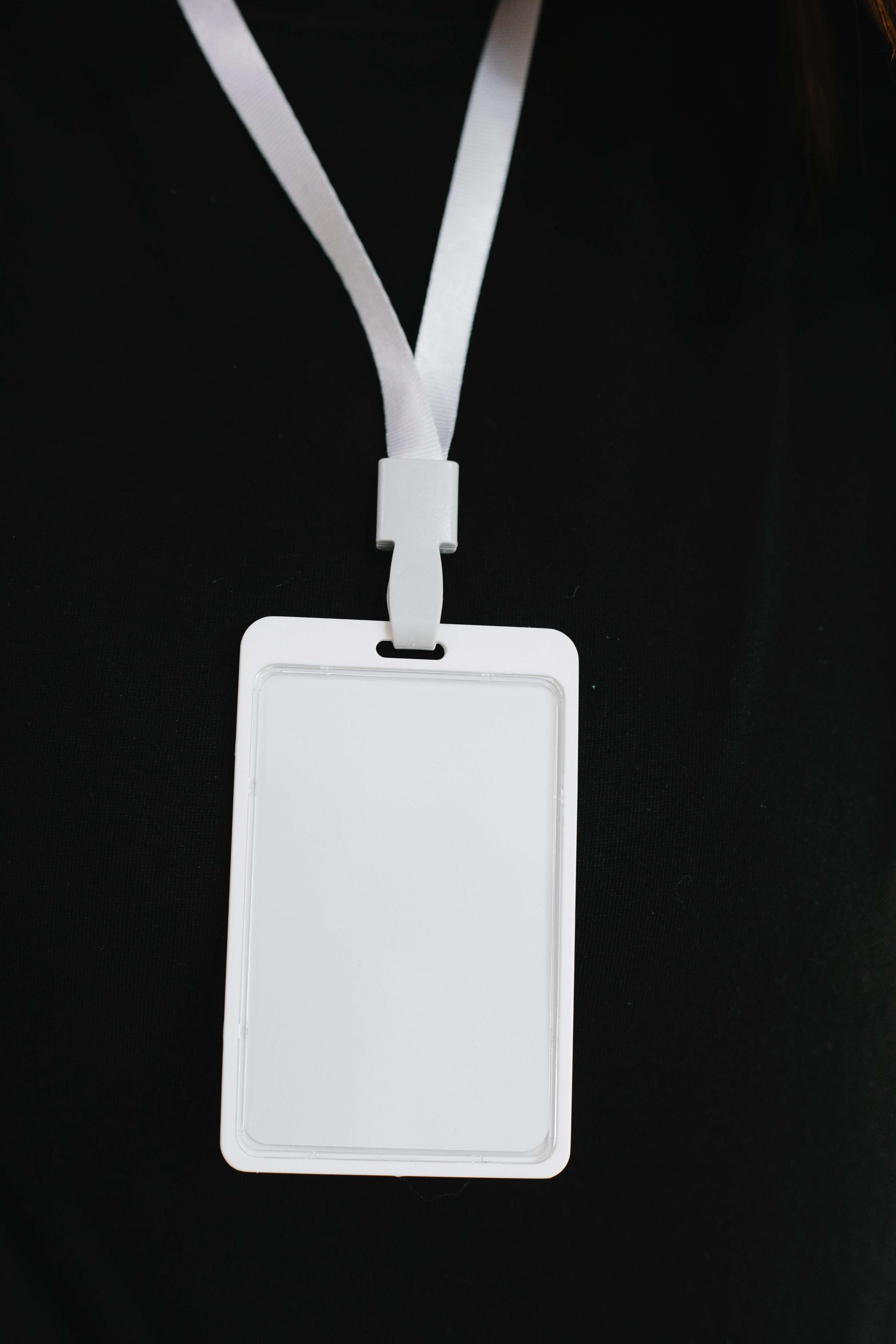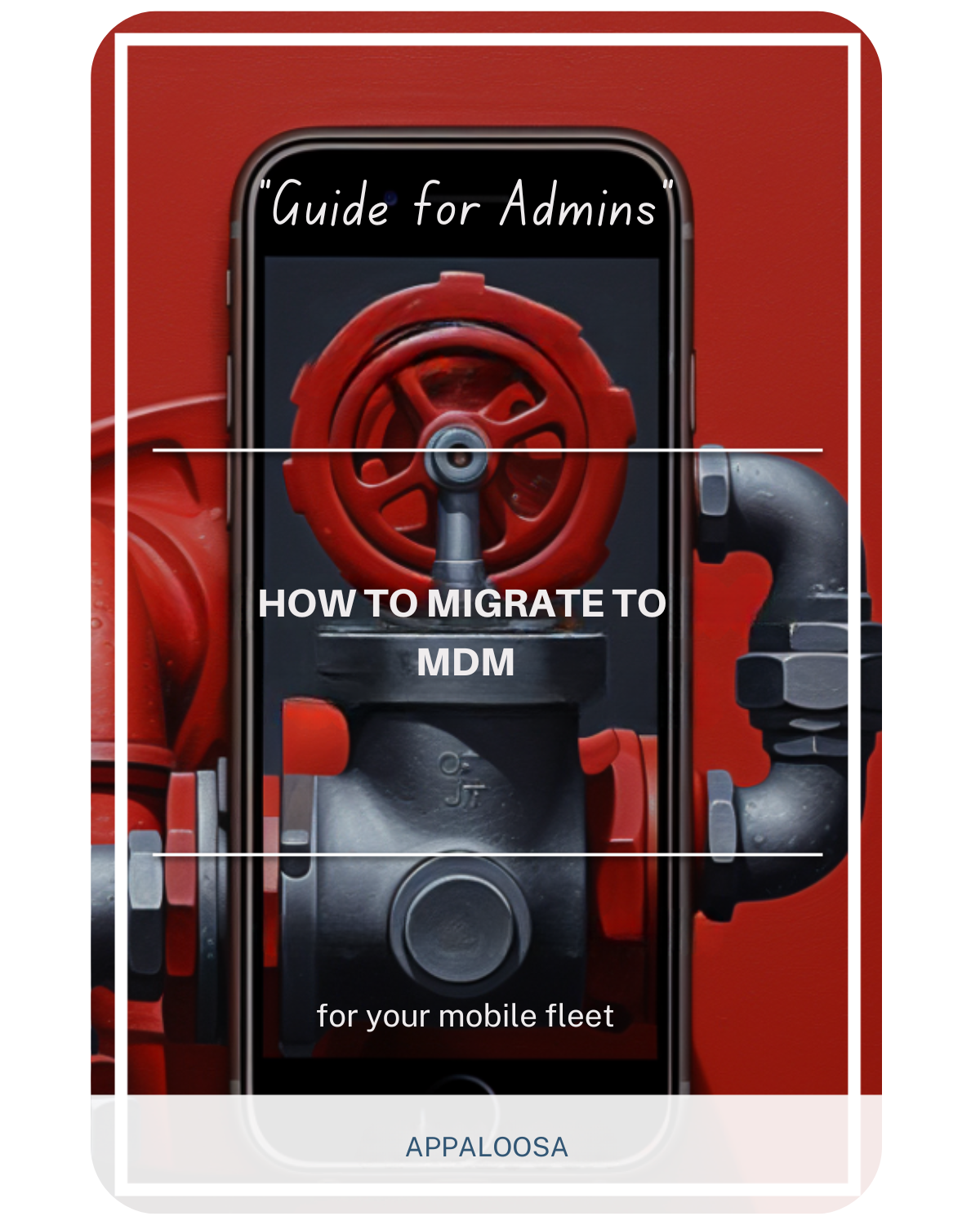Best Practices for Effective Identity Management in MDM

In today's mobile-first enterprise environment, managing user identities and device identity management across a diverse fleet of devices has become crucial for maintaining a robust security posture.
As organizations increasingly rely on mobile devices for business operations, implementing effective identity management best practices within Mobile Device Management (MDM) solutions is essential to prevent unauthorized access and protect sensitive corporate data.
Understanding Identity Management in MDM Context
Identity management in MDM goes beyond simple device enrollment. It encompasses the entire lifecycle of how users authenticate and authorize their access to corporate resources through mobile devices, while also managing the digital identity of the devices themselves. This comprehensive approach reduces the risk of data breaches while ensuring security for legitimate users.
Modern MDM solutions must balance security and compliance requirements with user experience, ensuring that identity security measures don't hinder productivity. This involves implementing multiple layers of verification while maintaining smooth user access to necessary resources.
The Role of Identity and Access Management (IAM) Integration
Effective MDM identity management requires seamless integration with existing identity and access management IAM systems. This integration ensures consistent security policies across all endpoints, whether mobile or traditional computing devices. By centralizing identity management, organizations can:
- Maintain a single source of truth for user credentials and device identity management
- Enforce consistent access policies across all devices
- Streamline user provisioning and deprovisioning
- Enable single sign-on (SSO) capabilities for mobile applications
- Implement role based access control for granular permissions
Implementing Biometric Authentication for Enhanced Security
One of the most significant advances in mobile identity management is biometric authentication. Modern smartphones and tablets offer various biometric options that significantly enhance security while improving user experience:
Fingerprint Recognition
The most widely adopted biometric method, fingerprint authentication provides a quick and reliable way to verify a user's identity. MDM solutions should leverage device-native fingerprint sensors to:
- Replace or supplement traditional passwords
- Enable quick app authentication
- Secure access to encrypted containers
- Strengthen digital identity verification
Facial Recognition
Advanced facial recognition technology offers another layer of biometric security. MDM policies can require facial authentication for:
- Device unlock procedures
- Access to sensitive applications
- High-security transactions
- Ensuring security in high-risk scenarios
Voice Recognition and Behavioral Biometrics
Emerging biometric technologies analyze voice patterns and user behavior to continuously verify identity, adding an additional security layer without user intervention.

Real-Time Monitoring and Adaptive Security
Effective identity management requires real time monitoring of user activities and device states. MDM solutions should implement:
Continuous Authentication
Rather than relying solely on point-in-time authentication, modern MDM platforms should continuously assess user behavior patterns to detect anomalies that might indicate compromised credentials.
Risk-Based Access Control
Implement dynamic access policies that adjust based on:
- User location and network connection
- Time of access attempts
- Device compliance status
- Recent security events
- Role based access control parameters
Instant Response Mechanisms
When suspicious activities are detected, MDM systems should immediately:
- Notify security teams
- Temporarily restrict access
- Require additional authentication steps
- Log detailed audit trails for security and compliance
Digital Certificates and PKI Integration
Digital certificates play a crucial role in establishing trust between mobile devices and corporate resources. Best practices for certificate management in MDM include:
Automated Certificate Deployment
- Push certificates directly to enrolled devices
- Automate certificate renewal processes
- Maintain certificate revocation lists (CRLs)
- Support device identity management through unique certificates
Certificate-Based Authentication
Implement mutual TLS authentication for:
- VPN connections
- Email access
- Corporate Wi-Fi networks
- Enterprise applications
Certificate Lifecycle Management
- Monitor certificate expiration dates
- Automate renewal processes
- Revoke certificates for terminated users immediately
- Maintain detailed certificate audit logs for security and compliance
Identity Management Best Practices for MDM
1. Implement Strong Authentication Policies
Following identity management best practices, enforce multi-factor authentication (MFA) combining:
- Something the user knows (password/PIN)
- Something the user has (device/token)
- Something the user is (biometrics)
2. Establish Clear Identity Governance
- Define roles and permissions clearly using role based access control
- Implement least privilege access principles
- Regular access reviews and audits
- Automated deprovisioning workflows
- Maintain comprehensive digital identity records
3. Enable Contextual Access Controls
Configure MDM policies that consider:
- Device compliance status
- Network security level
- Geographic location
- Time-based restrictions
- User role and department
4. Maintain Comprehensive Audit Trails
Track and log:
- Authentication attempts (successful and failed)
- Access to sensitive resources
- Policy changes and administrative actions
- Security incidents and responses
- All activities relevant to security and compliance
5. Regular Security Assessments
- Conduct periodic penetration testing
- Review and update authentication policies
- Assess emerging threats and vulnerabilities
- Update security measures for ensuring security
Device Identity Management Integration
Effective MDM requires robust device identity management alongside user identity controls:
Device Enrollment and Trust
- Unique device identifiers and certificates
- Hardware-backed security features
- Trusted Platform Module (TPM) integration
- Device attestation capabilities
Device Lifecycle Management
- Secure enrollment processes
- Regular device health checks
- Automated compliance verification
- Secure decommissioning procedures
Preventing Unauthorized Access Through Layered Security
To effectively prevent unauthorized access, organizations must implement multiple security layers:
Device-Level Security
- Enforce strong device passwords/PINs
- Require biometric authentication when available
- Implement device encryption
- Enable remote lock and wipe capabilities
- Maintain device digital identity integrity
Application-Level Security
- App-specific authentication requirements
- Containerization for corporate data
- Encrypted data transmission
- Application whitelisting/blacklisting
- Role based access control for app permissions
Network-Level Security
- VPN requirements for corporate access
- Network access control (NAC) integration
- Secure Wi-Fi configuration
- Traffic monitoring and filtering
Ensuring Security Through Compliance
Ensuring security in MDM environments requires adherence to various security and compliance frameworks:
Regulatory Compliance
- GDPR for data protection
- HIPAA for healthcare information
- SOX for financial data
- Industry-specific regulations
Security Standards
- ISO 27001 certification
- NIST framework alignment
- CIS controls implementation
- Regular compliance audits
Integration with Zero Trust Architecture
Modern identity management in MDM should align with Zero Trust principles:
- Never trust, always verify
- Assume breach mentality
- Continuous verification of user and device
- Micro-segmentation of resources
- Least privilege access enforcement
- Complete device identity management integration
Challenges and Solutions
BYOD Complexity
Managing identities on personal devices requires:
- Clear separation of personal and corporate data
- Respect for user privacy
- Flexible authentication options
- User education on identity management best practices
Scalability Concerns
As organizations grow, identity management must:
- Automate provisioning processes
- Support federated identity systems
- Handle thousands of concurrent authentications
- Maintain performance under load
- Scale device identity management capabilities
Compliance Requirements
Meet regulatory requirements through:
- Detailed audit logging
- Data residency controls
- Privacy-preserving authentication methods
- Regular security and compliance assessments
Future Trends in MDM Identity Management
Passwordless Authentication
The industry is moving toward eliminating passwords entirely, relying instead on:
- Biometric authentication
- Hardware security keys
- Push notifications
- Behavioral analytics
- Enhanced digital identity verification
AI-Powered Identity Verification
Machine learning algorithms will increasingly:
- Detect authentication anomalies
- Predict security risks
- Automate response actions
- Improve user experience
- Strengthen device identity management
Decentralized Identity Management
Blockchain and distributed ledger technologies may enable:
- User-controlled identity
- Cross-organization identity verification
- Reduced reliance on centralized systems
- Enhanced privacy protection
Conclusion
Effective identity management in MDM is no longer optional—it's a critical component of enterprise security strategy.
By implementing comprehensive identity management best practices that leverage biometric authentication, digital certificates, and real-time monitoring, organizations can significantly reduce the risk of unauthorized access while ensuring security and maintaining user productivity.
The key to success lies in adopting a holistic approach that integrates both user and device identity management with broader identity and access management IAM systems, implements layered security controls including role based access control, and continuously evolves to address emerging threats while maintaining security and compliance.
Organizations that invest in comprehensive MDM identity management solutions today will be better positioned to protect their digital identity assets, maintain compliance, and enable secure mobile productivity for years to come.
The journey toward effective identity management may be complex, but with the right strategies and tools in place, organizations can create a secure, user-friendly mobile environment that supports business objectives while protecting against evolving security threats.
